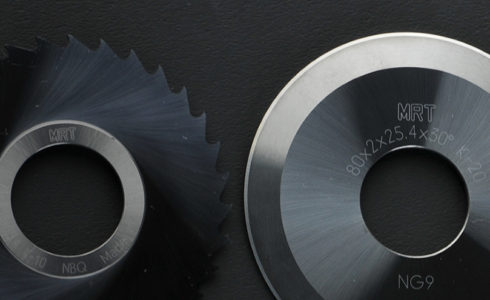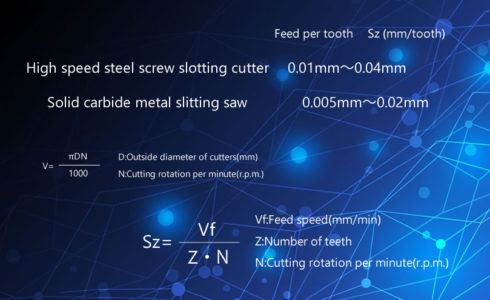Q&A
The following FAQ have been answered from the perspective of the technical department.
High Speed Steel stands for high speed steel, which is a common tool steel. There are 13 types of tool steels provided as 「JIS G4403」according to Japanese Industrial Standards(JIS). The tool steels are distinguished in these standards by 「SKH」. This is taken from the words Steel, “Kougu” (tool), High-speed. The abbreviations are SKH2・SKH10・SKH51・SKH55・SKH59.
This is an alloy material consisting of carbon as main component and Chromium, molybdenum, tungsten, Vanadium, cobalt and so on.
The degree of hardness is generally 64~68 at HRC (Rockwell Hardness C-scale) . We can change the composition depending on the materials which are to be processed. This is universal tool steel which is applicable to general steel, aluminum, and stainless steel and so on.
Cemented carbide is usually an alloy which is processed by powder metallurgy with tungsten and cobalt and is said to be the third hardest alloy after diamonds and ceramics. The tools which are made of this cemented carbide are called Carbide tools. Cutting instruments, including our metal slitting saws, are one of them.
This feature is resistant to abrasion and heat and enables you to shorten the time of cutting greatly with high-speed cutting from high hardness steel to cast iron.
Compared with High speed steel products, this is processed with high accuracy which improves the result of the surface. In addition, it has resistance to rubbing so that you can decrease the costs with fewer changes of tools.
Adding to slowing down the cutting speed, we recommend that you have blades coated.
There is TiN-coating as one kind of coating. TiN-coating is much more resistant to heat, rubbing, and adhesion than base materials (High speed steel, cemented carbide). It will improve the performance of cutters and extend their life span for processing at higher speeds.
There are standards for proper speed depending on the materials of your blades and work materials.
First, please enter the specs which you are using, the number of rotation and so on in “Cutting conditions” on our website. Second, please calculate the speed of cutting.
Then, make sure of the proper cutting speed on the same page.
It differs depending on the type of cutters, materials, etc. We require at least a week at the fastest time. Our regular rate is from two weeks to four weeks.
If you would like to have more details, please contact us.





